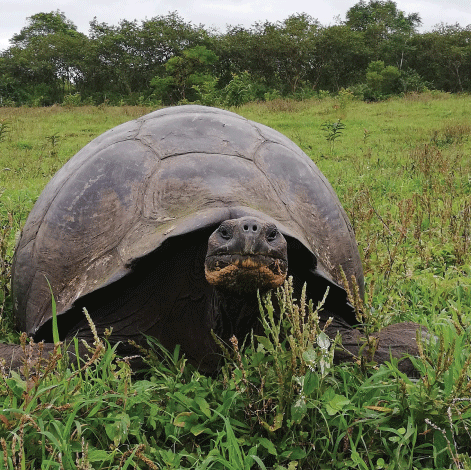Results
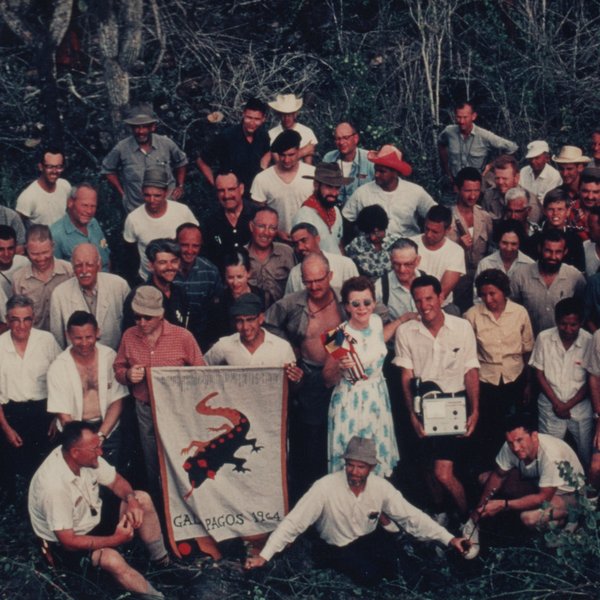
CDF Archive
Our History
Discover the Charles Darwin Foundation, established in 1959 to protect the Galapagos Islands' fragile ecosystem. As the oldest and largest science and conservation organization in the archipelago, our Research Station leads efforts to preserve this unique environment through groundbreaking research and conservation milestones.
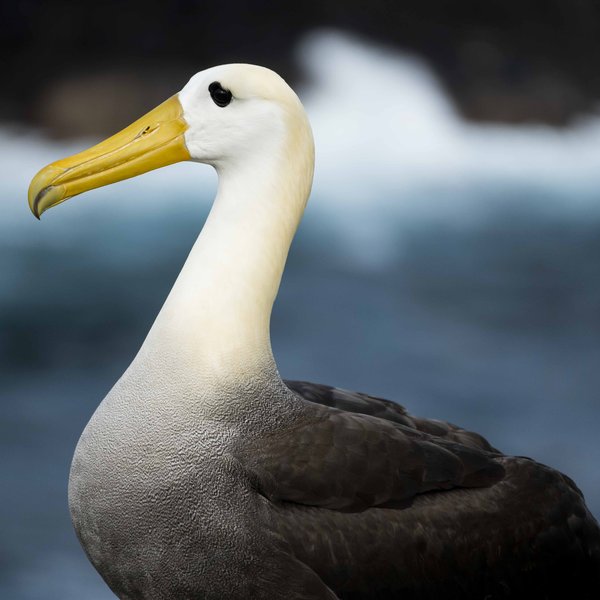
Carlos Espinosa/CDF


Carlos Espinosa/CDF

Carlos Espinosa/CDF
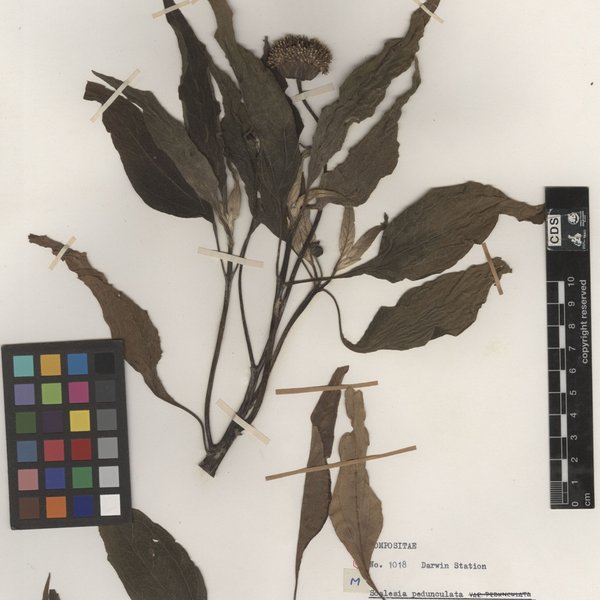

Carlos Espinosa/CDF

Carlos Espinosa/CDF
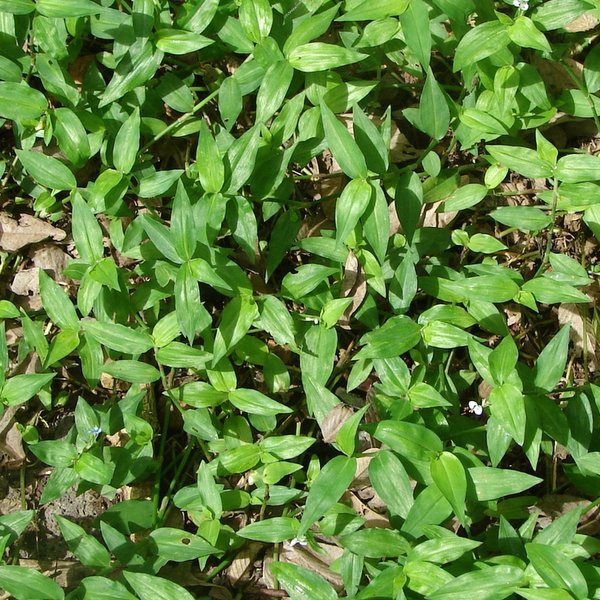

Carlos Espinosa/CDF
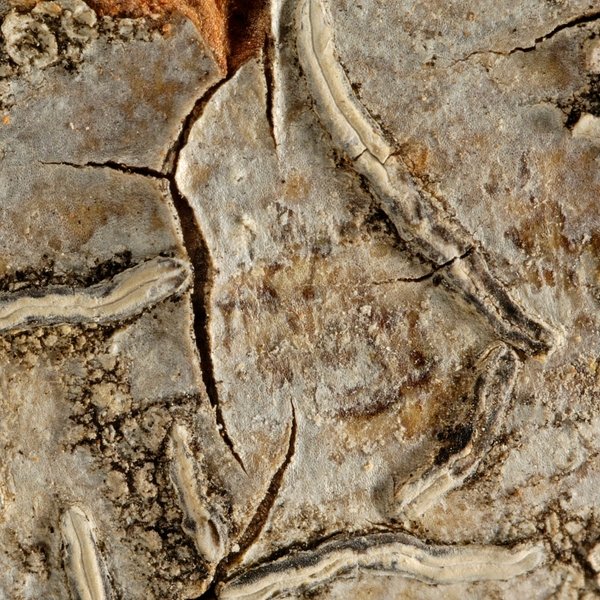

Carlos Espinosa/CDF

Carlos Espinosa/CDF

Carlos Espinosa/CDF

Carlos Espinosa/CDF

Carlos Espinosa/CDF
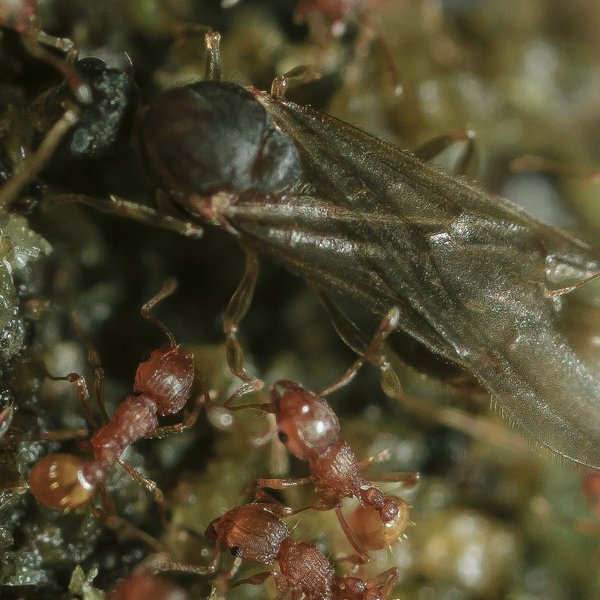

Carlos Espinosa/CDF

Carlos Espinosa/CDF





